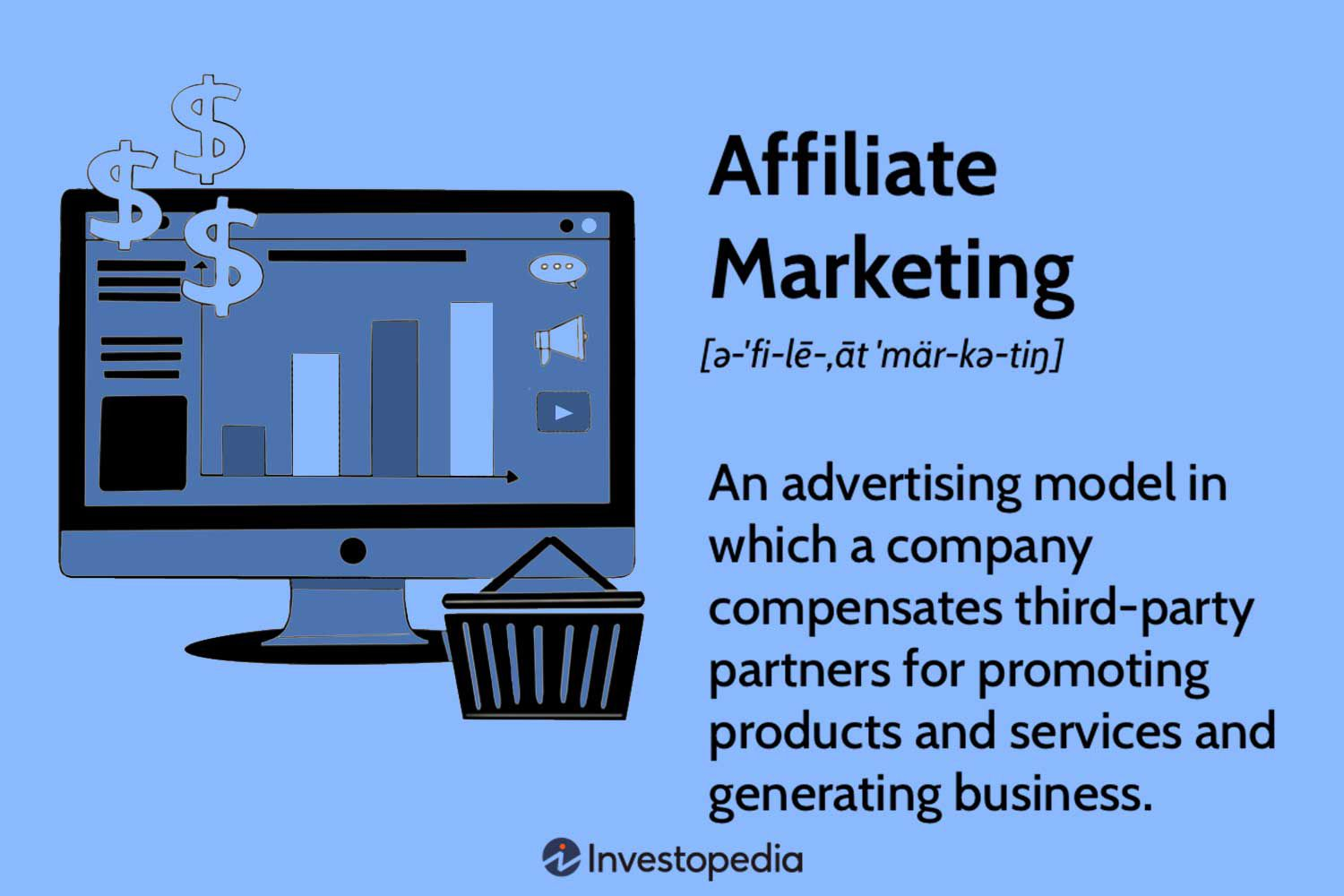Online partnerships including affiliate marketing Interactive display advertising Opt-in email marketing and mobile text messaging social media and viral marketing Offline promotion technique
1. Online Partnerships Including Affiliate Marketing
Definition: Online partnerships involve collaborations with other websites or individuals to promote your products or services. Affiliate marketing is a specific type where partners earn a commission for each sale or lead generated through their referral.
How it Works:
- Affiliate Programs: Businesses create programs where affiliates (website owners, bloggers, influencers) sign up to promote their products.
- Tracking Links: Affiliates use unique tracking links to direct traffic to the business's website.
- Commission: Affiliates earn a commission for each successful conversion (sale, sign-up, etc.).
- Partnership Agreements: Broader partnerships can involve content sharing, cross-promotion, or joint ventures.
Advantages:
- Expanded reach and audience.
- Cost-effective (pay-for-performance).
- Increased brand credibility through partner endorsements.
Disadvantages:
- Potential for brand damage if partners engage in unethical practices.
- Requires careful tracking and management.
- Can be hard to find and manage quality partners.
2. Interactive Display Advertising
Definition: Interactive display advertising goes beyond static banner ads, using rich media elements (video, animation, interactive components) to engage users.
 This McDonald's ad provides a strong foundation for an engaging interactive marketing display. By incorporating touch, sound, AR, and dynamic content, McDonald's could create a memorable and interactive experience that drives sales and brand awareness.
This McDonald's ad provides a strong foundation for an engaging interactive marketing display. By incorporating touch, sound, AR, and dynamic content, McDonald's could create a memorable and interactive experience that drives sales and brand awareness.
How it Works:
- Rich Media Ads: Ads with dynamic content that encourages user interaction.
- Interactive Elements: Quizzes, games, polls, and other interactive features.
- Targeting: Display ads can be targeted based on demographics, interests, and online behavior.
- Platforms: Display ads are served on websites, apps, and social media platforms.
Advantages:
- Higher engagement and click-through rates.
- Improved brand recall and awareness.
- Ability to deliver personalized experiences.
Disadvantages:
- Can be more expensive to create and run.
- Requires careful design to avoid being intrusive.
- Adblocker software can limit viewership.
3. Opt-in Email Marketing
Definition: Opt-in email marketing involves sending promotional or informational emails to users who have explicitly given their permission to receive them.
How it Works:
- Opt-in Forms: Users subscribe to email lists through forms on websites or landing pages.
- Email Campaigns: Businesses send targeted emails with offers, newsletters, or updates.
- Segmentation: Emails are often segmented based on user demographics or behavior.
- Automation: Email marketing platforms automate email delivery and tracking.
Advantages:
- Highly targeted and personalized communication.
- Cost-effective and high ROI.
- Builds customer relationships and loyalty.
Disadvantages:
- Requires building and maintaining an opt-in list.
- Can be perceived as spam if not done correctly.
- Requires compliance with regulations (e.g., GDPR).
4. Mobile Text Messaging (SMS) Marketing
Definition: Mobile text messaging marketing involves sending promotional or informational messages to users' mobile phones via SMS.
How it Works:
- Opt-in: Users must opt-in to receive SMS messages.
- Short Messages: Messages are typically short and concise.
- Time-Sensitive Offers: Often used for time-sensitive promotions or alerts.
- Platforms: SMS marketing platforms facilitate message delivery and tracking.
Advantages:
- High open rates and immediate delivery.
- Effective for time-sensitive promotions.
- Direct communication with mobile users.
Disadvantages:
- Limited message length.
- Potential for user annoyance if overused.
- Requires strict compliance with regulations.
5. Social Media and Viral Marketing
How it Works:
- Content Creation: Creating engaging and shareable content (posts, videos, images).
- Community Engagement: Interacting with followers, responding to comments, and building relationships.
- Viral Campaigns: Creating content designed to be shared widely.
- Influencer Marketing: Collaborating with social media influencers.
Advantages:
- Large reach and audience engagement.
- Builds brand awareness and loyalty.
- Potential for low-cost, high-impact campaigns.
Disadvantages:
- Requires consistent effort and content creation.
- Can be difficult to control the spread of information.
- Viral campaigns are hard to predict.
6. Offline Promotion Techniques
Definition: Offline promotion techniques involve marketing activities that occur outside of the digital realm.
How it Works:
- Print Advertising: Newspaper, magazine, and billboard ads.
- Direct Mail: Sending promotional materials through postal mail.
- Events and Trade Shows: Participating in industry events and trade shows.
- Public Relations: Securing media coverage through press releases and events.
- In-Store Promotions: Offering discounts or promotions in physical stores.
Advantages:
- Reaches audiences who may not be active online.
- Can create a tangible and memorable experience.
- Effective for local or targeted campaigns.
Disadvantages:
- Can be more expensive than online marketing.
- Difficult to track and measure results.
- Less flexible and adaptable than online campaigns.

